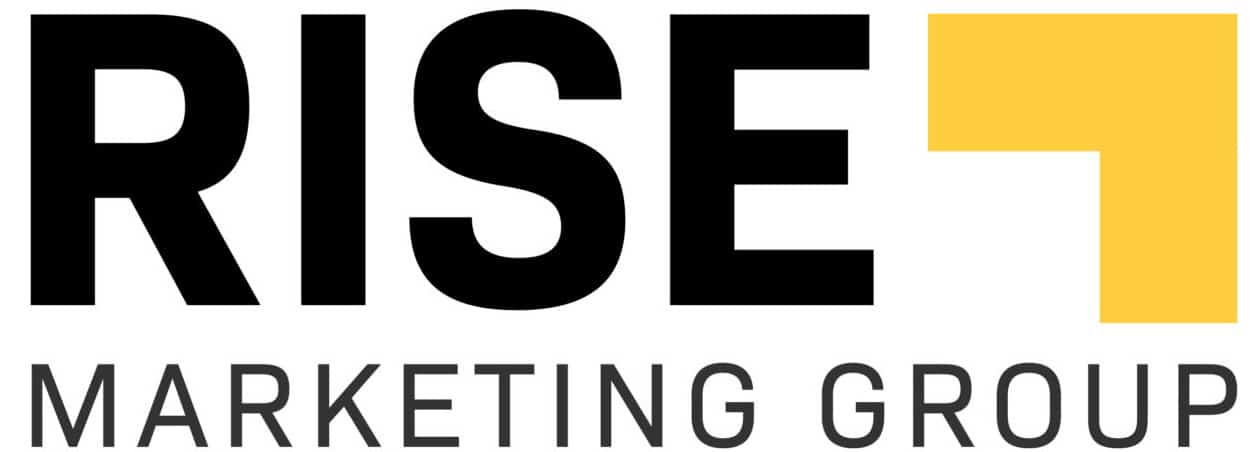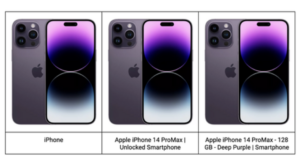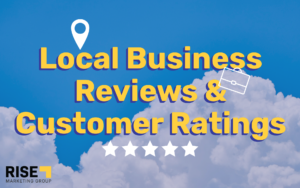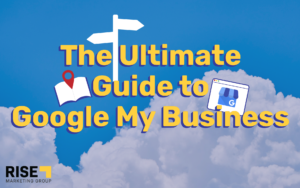Having an optimized product feed is incredibly important for scaling an ecommerce store. Whether your store is on Shopify, Woocommerce or other ecommerce platofrms, to effectively advertise your product catalog, you must have an optimized product feed. Without it, advertisers are wasting money. In this post we’re going to break down the following:
✅ What is product feed optimization
✅ Why a product feed needs to be optimized to drive more sales
✅ How to get free traffic and sales on Google Shopping
✅ How to optimize a product feed to drive more sales
✅ Link to a product feed optimization live stream we hosted that goes into even more detail
✅ Link to our ecommerce contact page if you’re in need of product feed optimization
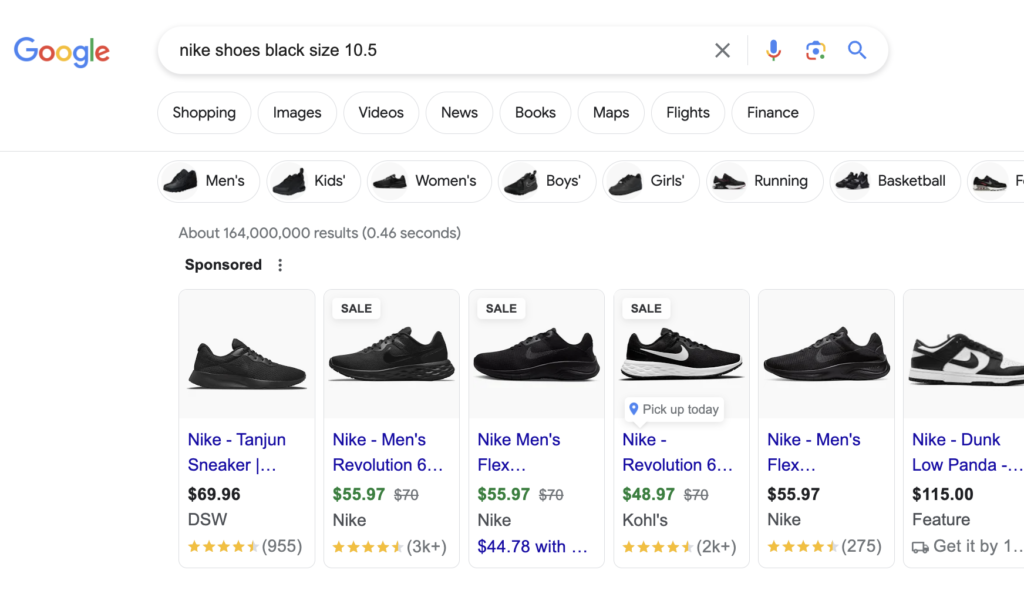 A common mistake we see at Rise Marketing Group are advertisers running ads based on a product feed Shopify or Woocommerce spits out. We would strongly recommend against spending any money on a campaign tied to an unoptimized feed.
Google is smart, but it needs help to understand all aspects of the product in order to rank on Google. This is why a feed needs to have as much data as possible and be fully optimized to help Google match your products to potential customers. Without additional data, your product won’t show to the right users looking to buy your products.
Additionally, without an optimized product feed, Google won’t understand:
A common mistake we see at Rise Marketing Group are advertisers running ads based on a product feed Shopify or Woocommerce spits out. We would strongly recommend against spending any money on a campaign tied to an unoptimized feed.
Google is smart, but it needs help to understand all aspects of the product in order to rank on Google. This is why a feed needs to have as much data as possible and be fully optimized to help Google match your products to potential customers. Without additional data, your product won’t show to the right users looking to buy your products.
Additionally, without an optimized product feed, Google won’t understand:
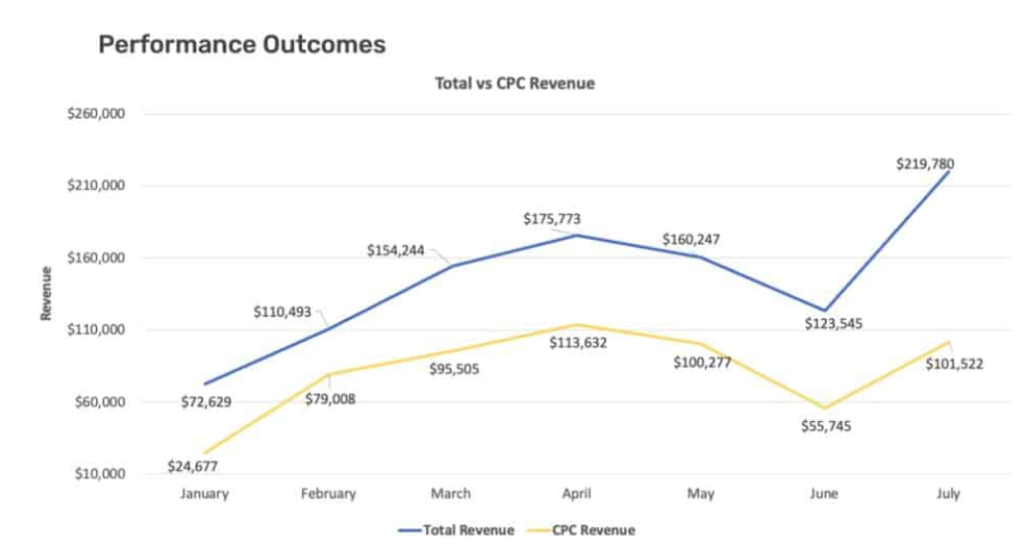
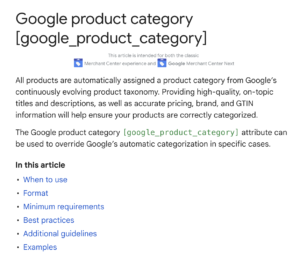
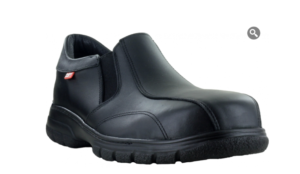 Google product category is not accurate:
Google product category is not accurate:
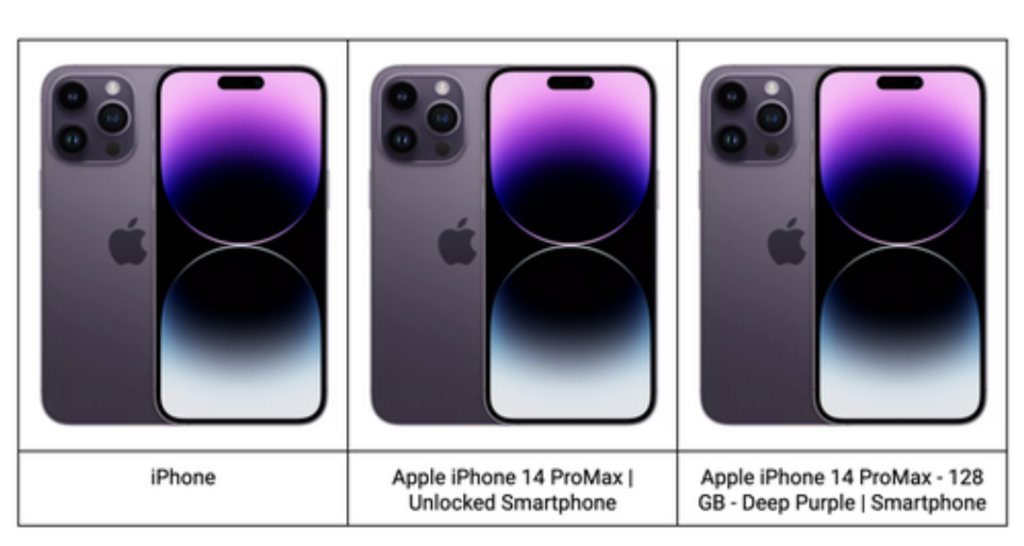
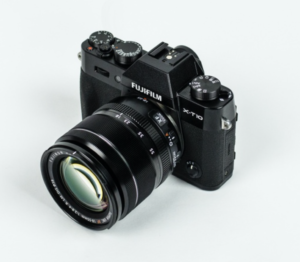
What is product feed optimization?
To show products on Google, you need a product feed, which is uploaded into Google Merchant Center. With this structured data, Google can match users to your products. A common mistake we see at Rise Marketing Group are advertisers running ads based on a product feed Shopify or Woocommerce spits out. We would strongly recommend against spending any money on a campaign tied to an unoptimized feed.
Google is smart, but it needs help to understand all aspects of the product in order to rank on Google. This is why a feed needs to have as much data as possible and be fully optimized to help Google match your products to potential customers. Without additional data, your product won’t show to the right users looking to buy your products.
Additionally, without an optimized product feed, Google won’t understand:
A common mistake we see at Rise Marketing Group are advertisers running ads based on a product feed Shopify or Woocommerce spits out. We would strongly recommend against spending any money on a campaign tied to an unoptimized feed.
Google is smart, but it needs help to understand all aspects of the product in order to rank on Google. This is why a feed needs to have as much data as possible and be fully optimized to help Google match your products to potential customers. Without additional data, your product won’t show to the right users looking to buy your products.
Additionally, without an optimized product feed, Google won’t understand:
- Inventory – you could be promoting products that are not in stock
- Keywords to match to your products
- Categorization of your products. Example, if you’re selling shoes, you want to tell Google what type of shoe (dress, casual, running, basketball).
Advertising performance is determined by how optimized a product feed is
We generally see massive gains once a feed is optimized, vs. advertising a feed that wasn’t optimized. This is because you’re giving Google a massive amount of data to show your product to the right user at the right time. Without this information, Google is just guessing (as best as it can). To stress the importance of an optimized feed, here is a case study of how we were able to scale an ecommerce significantly, and product feed optimization was a large component of this ecommerce case study. Given the importance of an optimized product feed, we would not recommend advertising until a feed is optimized. Once you have an optimized feed, you can advertise with confidence on Google via shopping and performance max campaigns, Bing shopping, Facebook, etc.
Free traffic and sales on Google Shopping
Aside from the benefit that your marketing campaigns will have significantly higher return on ad spend, you will get free traffic and sales from Google. Several years ago, Google updated their shopping platform to show free, organic product listings. This was a smart move as Google’s main ecommerce competitor is Amazon, To provide a better user experience and make Google’s shopping platform more useful, they list both paid product listings and free product listings. Just by having an optimized feed uploaded within Google Merchant Center, expect some level of free traffic and sales. You’ll get significantly more via advertising, but free is always a good thing.Stand out from your competition with an optimized product feed
Adding different attributes to your product feed, such as sale prices, appealing images, copy, and promotions, ratings and reviews will have your products stand out from the competition. This is especially important for resellers, you need to differentiate why a customer should buy from your store than others.Elements of product feed optimization
There are many factors that go into play for product feed optimization, but we’re going to cover the main components, based on return you can see from optimizing these elements.Google category
-
- Google will categorize your products for you, but sometimes it’s not accurate.
- Use google taxonomy and try to find the category that best describes your product and is the most specific (2-3 levels deep)

Product type
Google product categories may not match your products, that’s why product type is an important attribute to optimize. It allows us to give Google accurate signals and help the system understand what an item is. Start with a broad group and end with a more specific group. Your attributes should be at least 2-3 levels deep. *Pro tip – you can add more than one product type. Example: “safety footwear” Google product category is not accurate:
Google product category is not accurate:
- Apparel & Accessories > Shoes
- Business & Industrial > Work Safety Protective Gear
- Apparel & Accessories > Shoes > Safety Footwear > Steel Toe Shoes
- Business & Industrial > Work Safety Protective Gear > Safety Footwear > Steel Toe Shoes
Product title
Product title is an important one as it works as a keyword.-
- Use a unique value for every product.
- Include important attributes & key details that make your product unique – size, gender, strong brand, color. These will provide relevant information about your product and better match search queries.
- Tip: If you have not identified which attributes are the most compelling, run experiments.

Product images
- High quality images that show your product attributes. Use minimal staging to avoid visual noise and disapprovals.
- Avoid promo call outs on images (they may get rejected!)
- Tips:
- You can enable automatic image improvements to prevent disapprovals.
- Run experiments and test what image gets the best performance.

Landing page
- User experience has a high impact on ecomm performance. If the user clicks on a Shopping Card and lands on a product page that contains different content, it will be confusing and most likely leave your store.
- To meet users’ expectations, match your product data with your landing pages. For example, if your product title / description states “Multicolor”, color choice on your product page should be Multicolor, not “Rainbow”.
- If you have different variants of the same product, use variant urls.
Product labels
Segment priority products for your Google campaigns using product labels Adding labels will help you categorize your products and focus on those items that have the most impact. Ideas:- Profitability
- Bestsellers
- Bundles
Product reviews
Product reviews will differentiate your product and store from the competition. Think from the user perspective, they would prefer to buy a product or a store that’s highly rated, vs. sellers without ratings.Product promotions
Promotions are another great attribute to add, especially during key holiday seasons such as holiday, cyber week, etc. Within Google Merchant Center you can upload product promotions and further incentivize users and stick out from the competition with a promotion.Other product attributions to complete
The aforementioned product fields are some of the biggest items to optimize towards, but a complete optimized feed should also cover the items below.- ID or SKU – business item identifier
- GTIN / MPN – global / manufacturer item identifiers
- Description – prioritize target keywords at the start of the description
-
Price
- Brand – special attention if you are a retailer
-
Availability
- Quantity to sell – if you are selling on Google
-
Condition
-
Color
-
Material
-
Size
-
Size type
-
Size system
-
Gender
-
Age group
-
Shipping
-
Taxes
-
Labels
Where to advertise your product feed?
Once you have a fully optimized product feed, we would suggest marketing through the following:- Google Performance Max for ecommerce Through performance max, you can advertise on Google Shopping, which will be one of the key channels for scaled ecommerce growth. In the link provided, we wrote a blog post that goes into more detail on Google Performance Max for ecommerce stores.
- Microsoft shopping Through a helpful Google import tool, you can also advertise on Microsoft shopping. This won’t drive the same scale as Google, but more is more!
- Meta Ads: Through a product feed, you can showcase your catalog across Facebook and Instagram.
